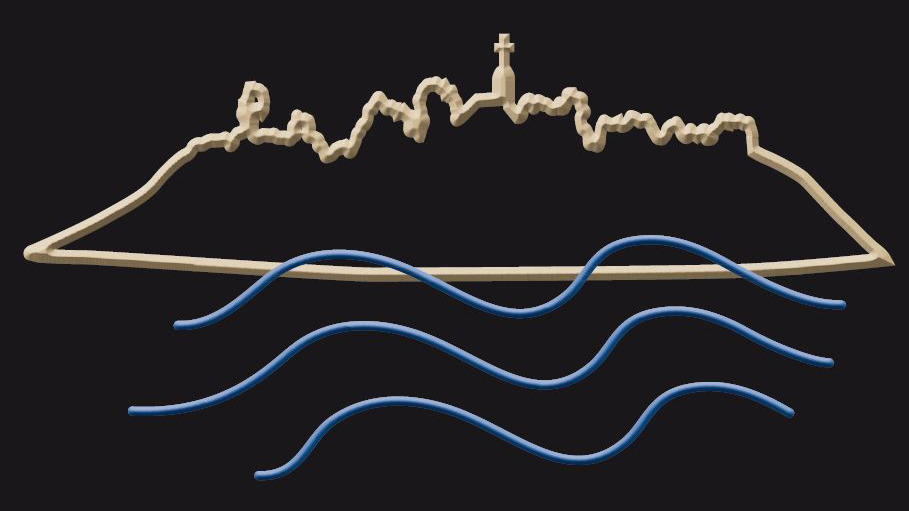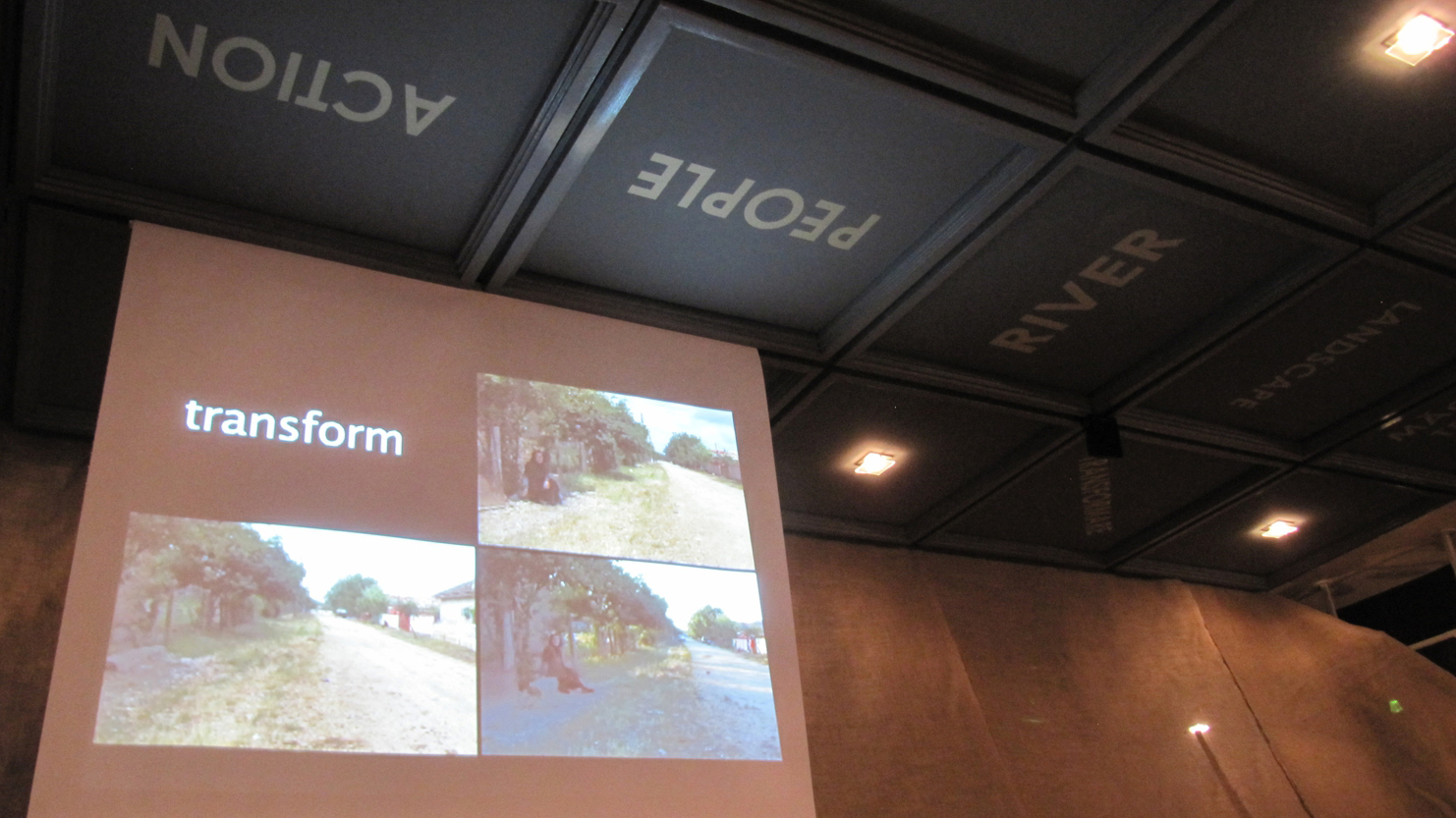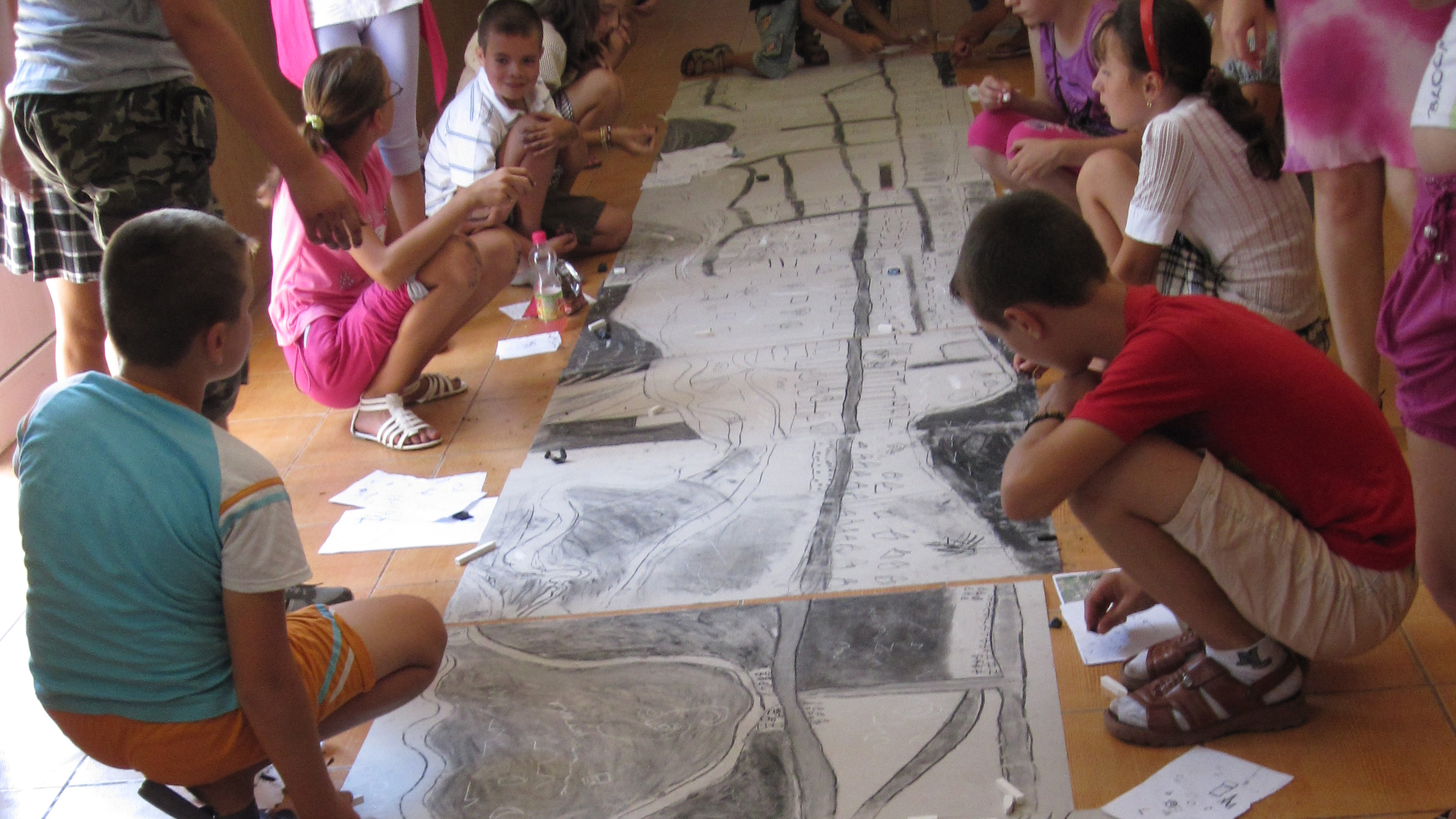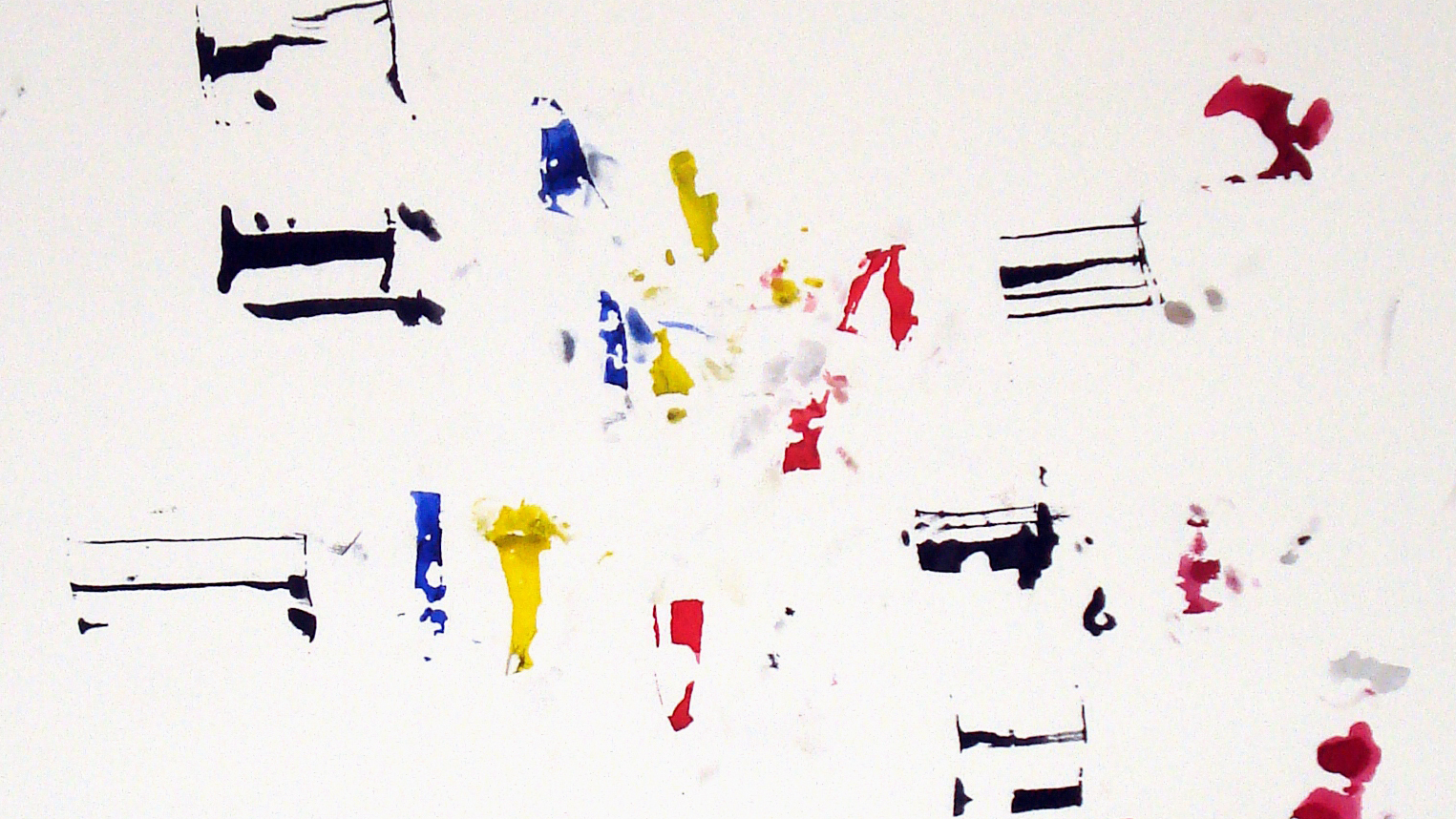Art Landscape Transformations: Măgura past and present
Archaeologists Professor Douglass Bailey and Dr Steve Mills won £108,000 worth of funding to participate in a pan-European project on landscapes, art and heritage.
The Art-Landscape Transformations project 2007-4230 was funded by the European Union’s Education, Audiovisual and Culture Executive Agency Culture Programme (2007-13).
Art-Landscape Transformations
The research aim of the project was to use art to transform a selection of landscapes within Europe, with a particular emphasis on local heritage, for the benefit and welfare of rural communities.
Centred around the Romanian village of Măgura, our Măgura Past and Present project was one of ten partners involved in the project (from Ireland, France, Latvia, Portugal, Sardinia, Spain and the UK).
Măgura Past and Present

The project was a partnership between our School of History and Archaeology, the Teleorman County Museum, Alexandria and the School of Arts and Crafts, Măgura.
The project was directed by Professor Douglass Bailey and Dr Steve Mills in partnership with Ecaterina Ţânţăreanu and Pavel Mirea (Teleorman County Museum), and facilitated by the Mayor of Măgura and the staff of the School of Arts and Crafts Măgura. Participants include people from Măgura and a team of archaeologists and artists from Romania, France, Holland, the UK and USA.
Between 2008 and 2011 the project participants conducted a series of artistic and scientific interventions in and around Măgura and in the Teleorman County Museum. The interventions consisted of individual, team, and group actions to observe, document and (re)create the (pre)history and the modern essences of the village. Important in this project is the active role of today’s population in the study and recognition of its own heritage.
Drawing on the research of our Southern Romania Archaeological Project including excavations at the early Neolithic site of Măgura-Buduiasca and research on the Holocene development of the Teleorman River Valley, the process of transformation of the landscape (natural, human, industrial, historic, cultural) is the central axis of interpretation. These actions form the focus for workshops, exhibitions, conferences and publications aimed at local, national and international audiences.
Actions and outputs
The Măgura Past and Present project partnership performed a variety of actions in and around Măgura and at the Teleorman County Museum and produced a wide range of outputs.
Exhibitions

- An early Neolithic exhibition and learning environment opened to the public in May 2011 at the Teleorman County Museum.
- An exhibition of outputs from the Măgura Past and Present project workshops and art residencies opened to the public at the Teleorman County Museum, November 2010 – June 2011.
- A local history photographic exhibition opened at the School of Arts and Crafts Măgura in December 2010 collected and designed by the school children, their families and teachers.
Workshops

A week-long series of workshops were held at the School of Arts and Crafts Măgura in July 2010. Co-ordinated by artists in residence, archaeologists and scientists, the workshops introduced 47 school children and teachers to local archaeological and environmental research and to concepts of local heritage and landscape preservation, presentation and promotion.
The workshops included:
- community drawings of local and international heritage
- pottery making, decorating and firing based on early Neolithic techniques
- exploring, interpreting and representing Teleorman Valley riverscapes
- map-making and the interpretation of satellite imagery of the village, the river and its surrounding archaeology.
Conferences held at the Teleorman County Museum
- Lower Danube in prehistory, 2-5 November 2010: 36 specialists (archaeologists, archaeozoologists, geomorphologists, and palaeobotanists) from Bulgaria, France, Great Britain, Romania and the USA gave presentations that focused chronologically from the Neolithic to the Bronze Age and geographically throughout the Lower Danube Basin.
- Rural cultural landscape, 8-9 April 2010: focussed on Măgura, 20 specialists (village, rural landscape and architectural historians and heritage and planning officers) from across Romania gave presentations on the documentation and presentation of Romanian village life and policies to preserve village heritage.
Art residencies

The project invited artists from Romania, France, the USA and the UK to coordinate workshops at the Măgura school and to work in residence in Măgura and the Teleorman County Museum.
- Michaël Jasmin, land-artist (France): July 2010. Explored the concept of the archaeological grid through photography within the village, land art around the monumental settlement tell outside the village and experimental writing, narrative and drawing.
- Peter Biella and Iván Drufovka, film-makers (USA): May 2009. Created a non-narrative film and DVD representation of village life where the villagers became the leading actors, directors and producers.
- Claude Heath, graphic artist (UK): July 2009. Created unsighted tactile drawings of selected prehistoric and modern artefacts from the Teleorman County Museum.
- Paul Evans, graphic artist (UK): July 2010. Organised and ran a community drawing workshop in the village school focussed on representations of local and international heritage.
- Cătălina Dănilă, ceramic artist (Romania): July 2010. Organised and ran three workshops in the village school on pottery making, decorating and firing based on early Neolithic techniques.
- Judy & Mark Macklin, fine artist and geomorphologist (UK): July 2010. Organised and ran two workshops on individual and community identities and on exploring, interpreting, mapping and representing Teleorman Valley riverscapes.
- Simon Thorne, musician/composer (UK): July 2010. Investigated landscape transformation through sound producing a sound map of the village (drawn by the children of Măgura), audio recordings of the village soundscape, and recordings of specific spaces (historic village churches).
- Angela Walker, palaeobotanist and artist (UK): July 2009 & 2010. Used the material usually thrown away in the process of studying prehistoric plant remains and seeds to produce drawings of the seeds themselves.
Dissemination
The project produced five publications detailing its workshops, art residences, exhibitions and conferences, a DVD and two audio CDS.
The bilingual Romanian-English Măgura Past and Present website provides the background to the archaeology and heritage of Măgura, information about all the project activities and participants and hosts the project’s multimedia outputs (PDFs of all publications, video, audio, photography, drawings, media coverage).
Publications
- Mills, S. F. ed. 2011. Interventions: Măgura past & present. Bucureşti: Renaissance.
- Mills, S. F. and Mirea, P. eds. 2011. The Lower Danube in prehistory: landscape changes and human-environment interactions. Proceedings of the international conference, Alexandria, 3-5 November 2010. Bucureşti: Editura Renaissance.
- Bailey, D. W. and Mills, S. F. 2011. The Măgura intervention: the contemporary past in a Romanian village. In: Velho, G. ed. Art-Landscape Transformations. Porto: GRECA Artes Gráficas. , pp.33-40.
The project team
Director
Support
This research was made possible through the support of the following organisations:
